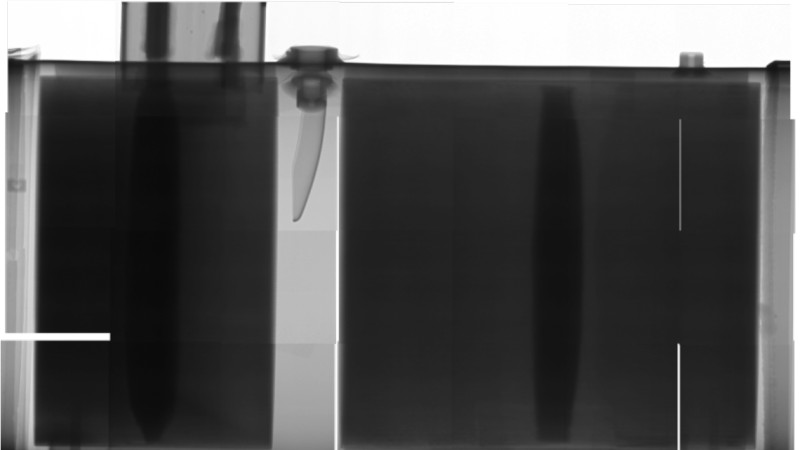Water is vital for a number of engineering endeavors. However, when it happens to find its way into a vehicle’s catalytic converter, it can affect the system’s performance.
In an effort to better understand this phenomenon, researchers, turned to neutrons for a solution. Using the CG-1D beam line at the Oak Ridge National Laboratory’s High Flux Isotope Reactor—a Department of Energy Office of Science User Facility—researchers were able to image a catalytic converter to identify areas where moisture collects, and how it moves throughout the system.
It’s an investigation well suited for neutrons. Prior to using neutrons, engineers had to physically go inside the converter for examination, but by then evaporation had already run its course, making it impossible to determine where moisture was traveling. The images created by CG-1D not only provide engineers with insight into where the water is going, but they will also aid in developing new methods of design. The technique can also be used to run diagnostics and problem solve issues in the design phase, helping engineers understand how catalyst systems are behaving in the real world and improving future development.
-Jeremy Rumsey, rumseyjp@ornl.gov or 865-576-2038



